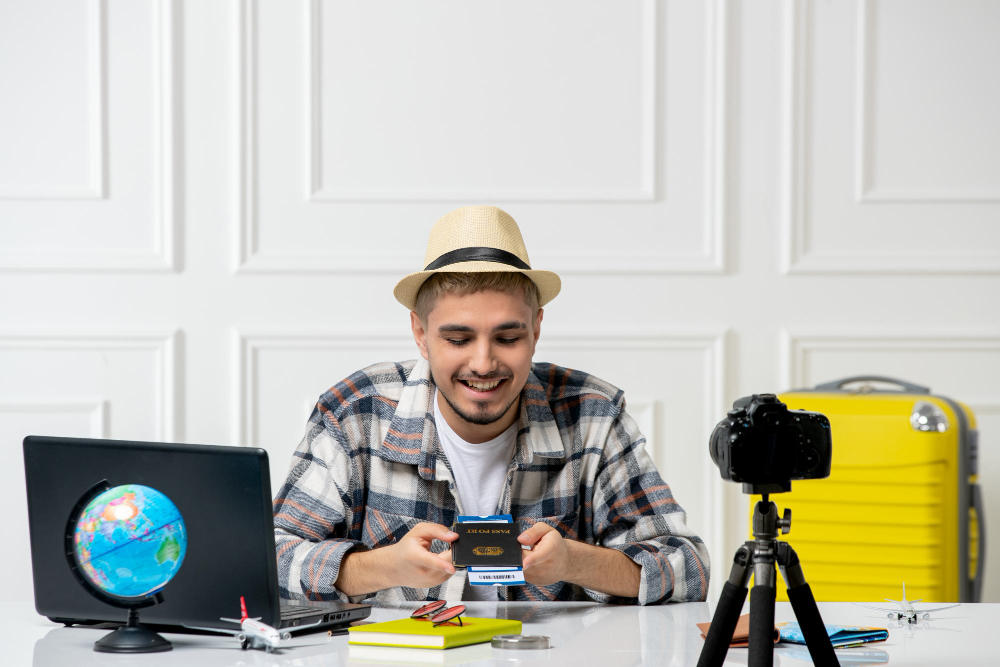Smart gear can quietly fix travel headaches before they start. These tools protect data, find bags, and keep phones alive during a 6 hour layover. They also help with language, water, and border forms. Many follow rules you already face, like TSA’s 100 watt hour battery limit and common 50 pound checked bag caps. Learn how eSIMs, adapters, and safety add ons work in specific places and years, so your next trip in 2025 feels smoother, safer, and less stressful.
1. eSIM Travel Plans

An eSIM is a digital SIM built into your phone, so there is nothing to swap. U.S. iPhone 14 models in 2022 went eSIM only, which shows how fast carriers adopted it. You scan a QR code to add a local plan in minutes, then use dual SIM settings to keep your home number active. Many networks support 4G LTE and 5G bands across North America and Europe. Store the QR code securely, and keep Wi Fi calling on for hotels with strong internet but weak cell service.
2. USB Data Blocker
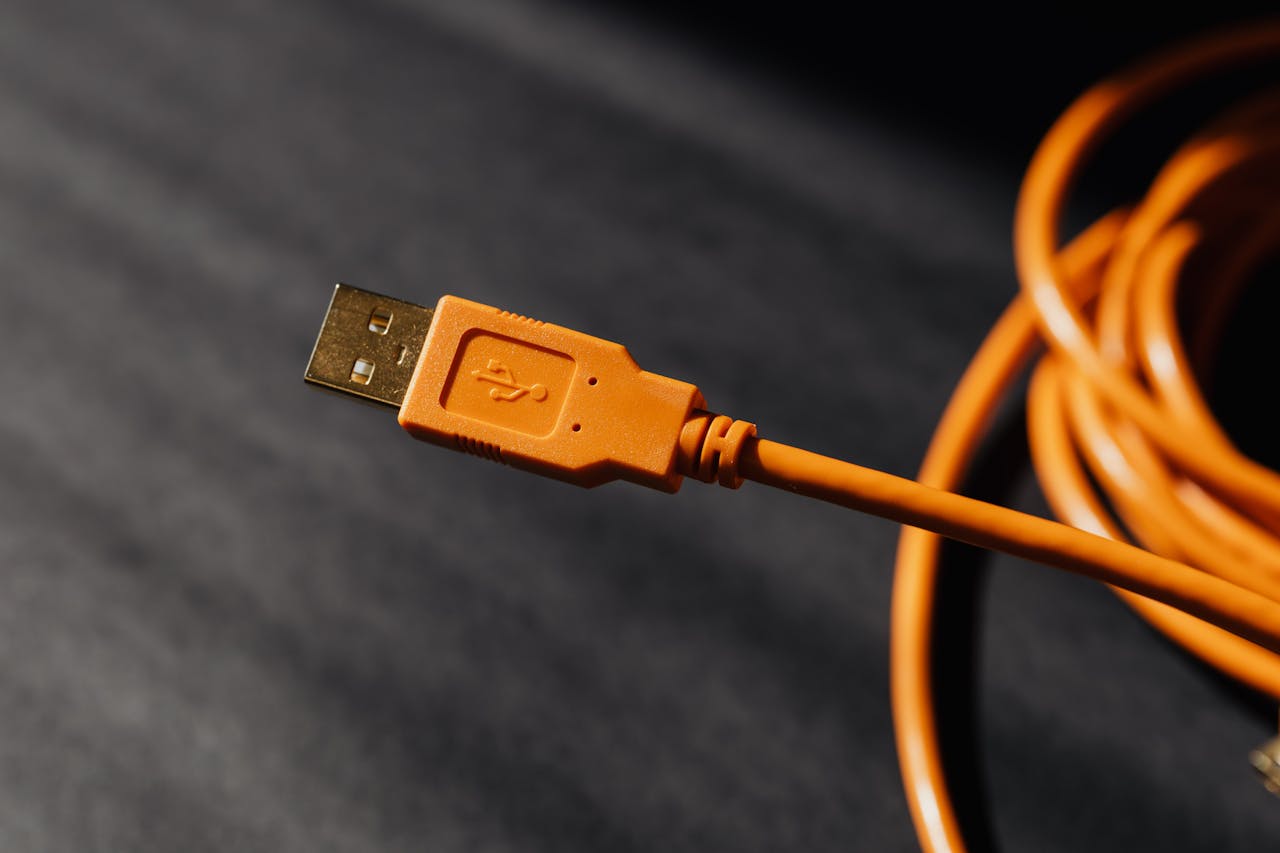
Public charging ports share power and data lines. A tiny USB data blocker passes 5 volts for charging, but cuts the data pins that carry sync. USB A uses separate D+ and D− lines, which this adapter disables to prevent surprise connections. It looks like a short dongle, useful at airports and cafes. Pair it with your own cable, not a free one. If a kiosk asks for file access, tap Deny. Your phone can still charge normally while your photos and messages stay private.
3. RFID Blocking Passport Wallet
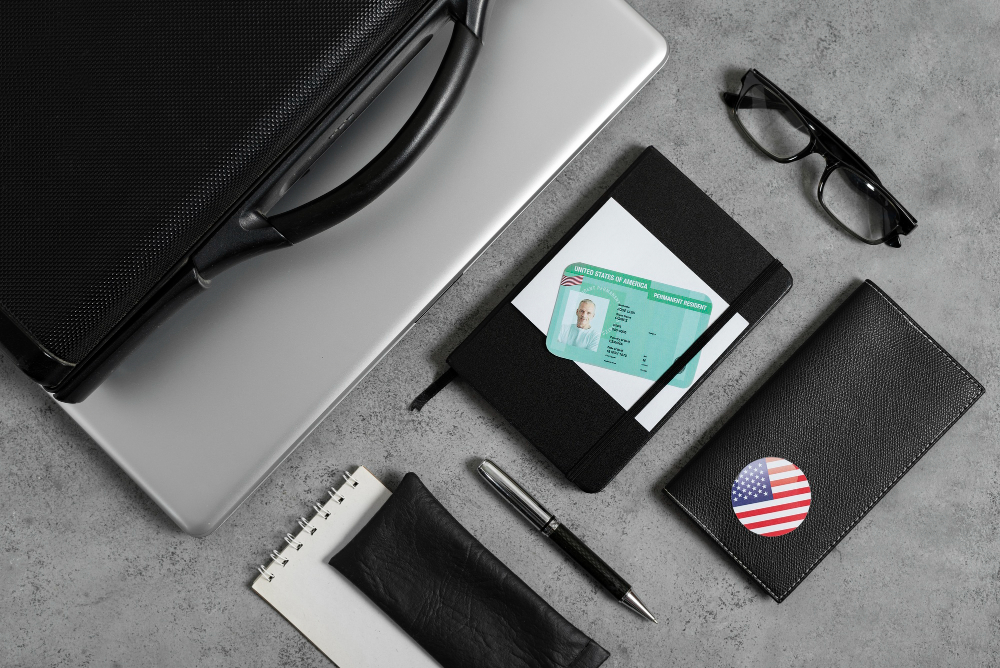
U.S. e passports issued since 2007 hold an RFID chip that stores your photo and key details at 13.56 MHz. A slim RFID blocking wallet uses metallic fabric to shield the chip until you hand it to an officer. That reduces casual scans in crowded lines. Many holders fit the 4.92 by 3.46 inch booklet and a boarding pass. The chip requires the data page code to read, but shielding adds a layer in busy hubs. Do not microwave a passport, that will ruin the chip and the booklet.
4. Bluetooth Luggage Tracker
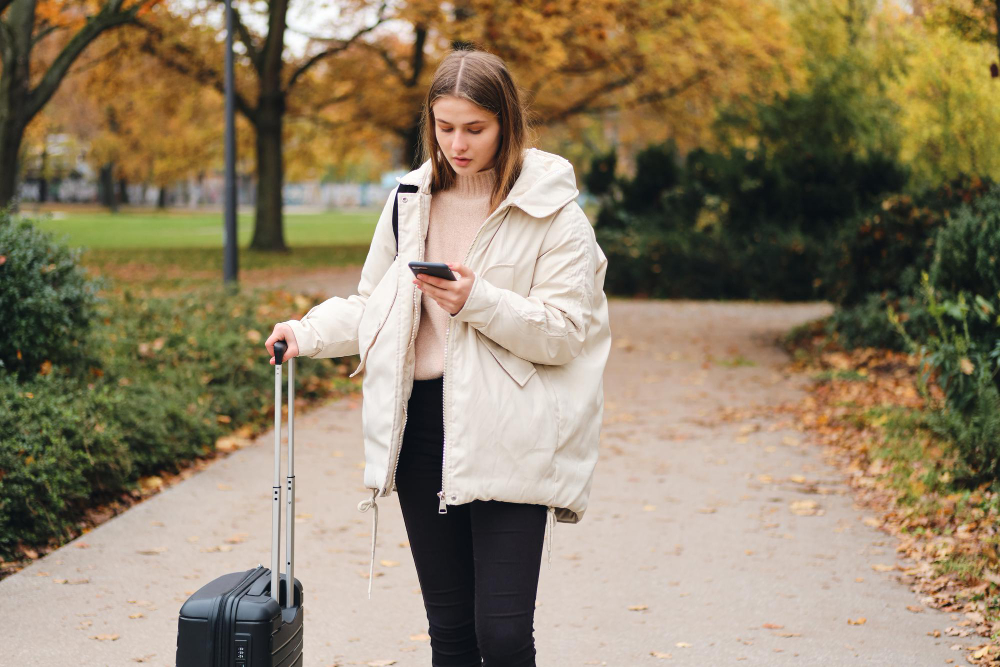
Tiny Bluetooth trackers slip into a checked bag and ping nearby phones to update location. The radio runs at 2.4 GHz and uses coin cells like the CR2032, often lasting close to 1 year. Many airlines allow these low power devices in checked luggage because batteries stay under small gram limits. You see the last known spot at a carousel or on the tarmac. Enable Lost Mode before takeoff, then rename the tag with your city and initials. Never put a tracker in a lithium battery case.
5. Universal Travel Adapter
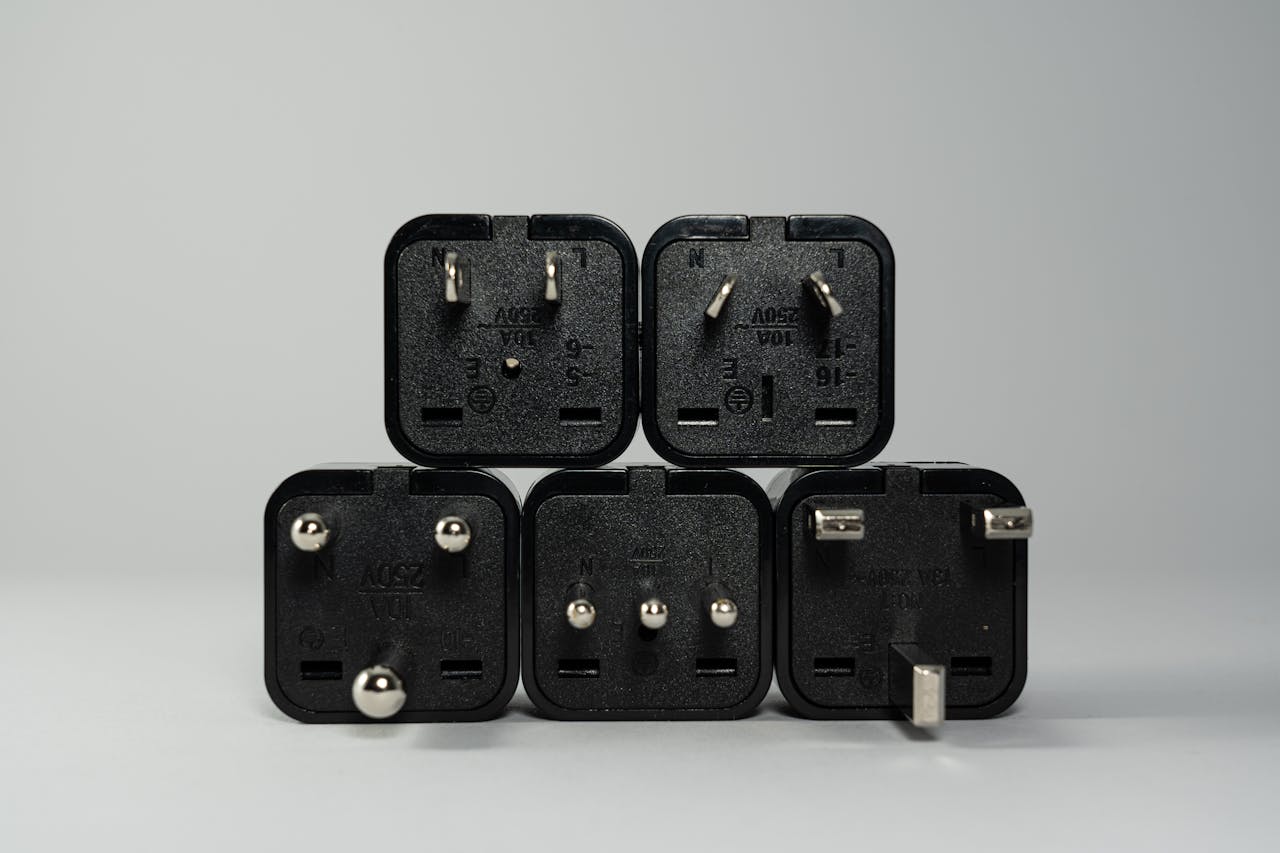
Wall outlets change by country, but voltage is predictable. Most phone chargers accept 100 to 240 volts at 50 or 60 Hz. A universal adapter handles plug shapes, then your charger handles voltage. Look for a built in 6 amp fuse and USB C plus USB A ports for several devices. Hair dryers can draw over 1,500 watts, so use hotel units instead of small converters. Label your adapter and store it in a 1 quart bag, which keeps the prongs from catching on clothes.
6. TSA Safe Power Bank
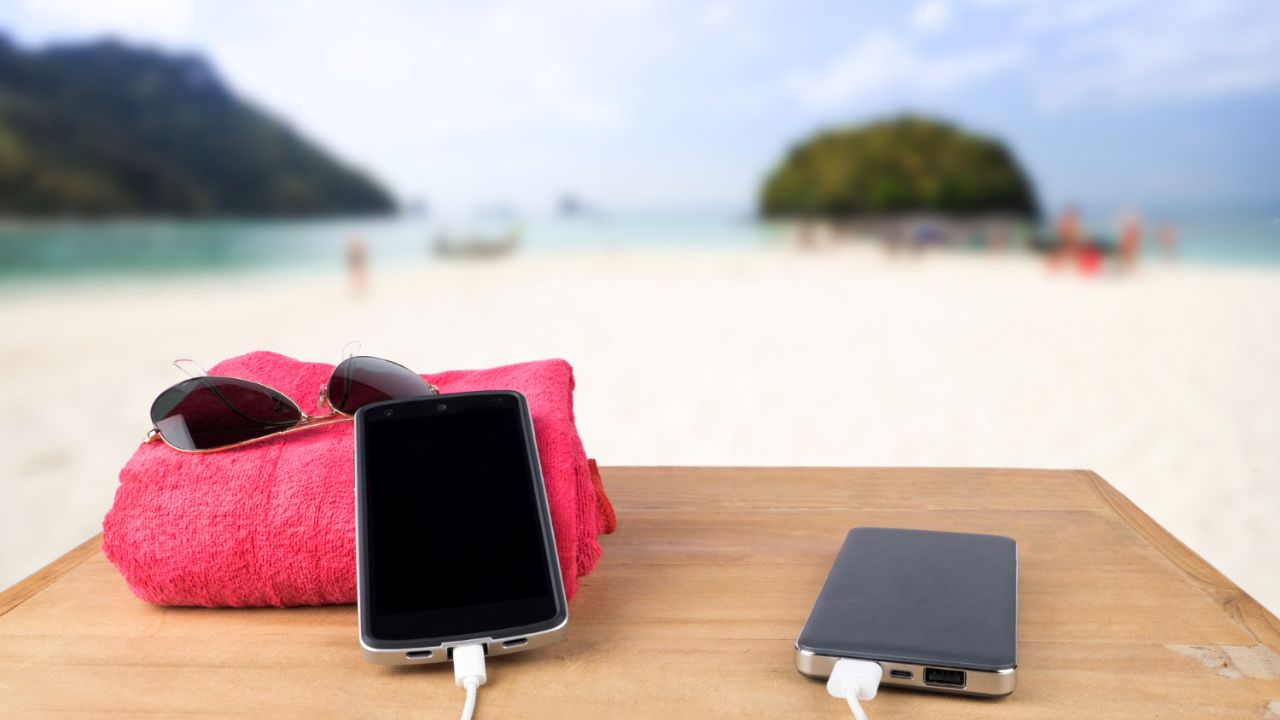
Airlines follow a battery energy rule, measured in watt hours. Up to 100 Wh is allowed in carry on, and 100 to 160 Wh needs airline approval. Checked bags cannot hold spare lithium batteries. Many 20,000 mAh packs equal about 74 Wh at 3.7 volts, which fits the limit. Keep the pack in your backpack, not a suitcase. Cover exposed ports, and press the test button to confirm charge before boarding. If asked, read the printed Wh number on the label to a gate agent.
7. Offline Translation Packs
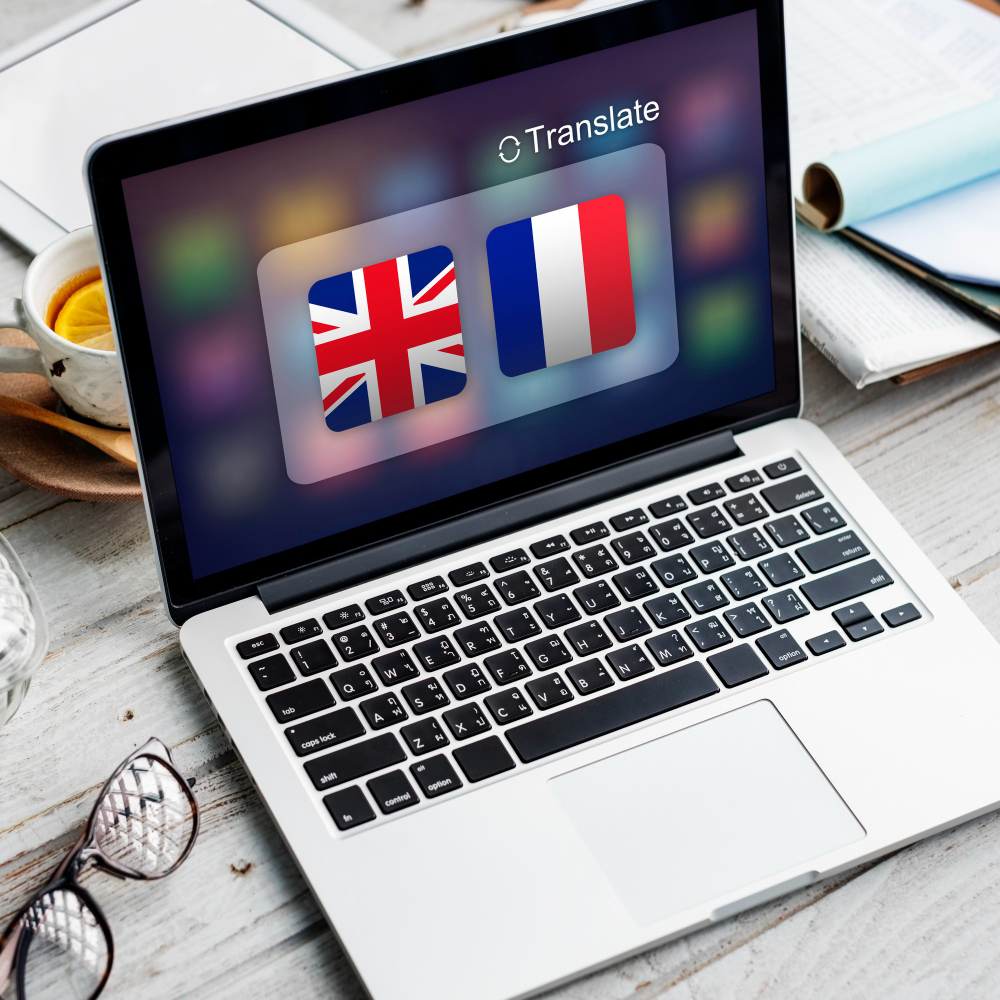
Language apps work without service when you download packs in advance. Many packs range from 50 to 200 megabytes, so start on home Wi Fi. A 2019 update brought neural models to offline mode in several major apps, which improved accuracy for everyday phrases. Turn on conversation mode, then let the phone sit on a table between speakers. Use the camera tool for menus. Some countries protect personal data, so avoid scanning IDs or bank slips. Airplane mode saves battery while translations still run.
8. UV Water Purifier Bottle
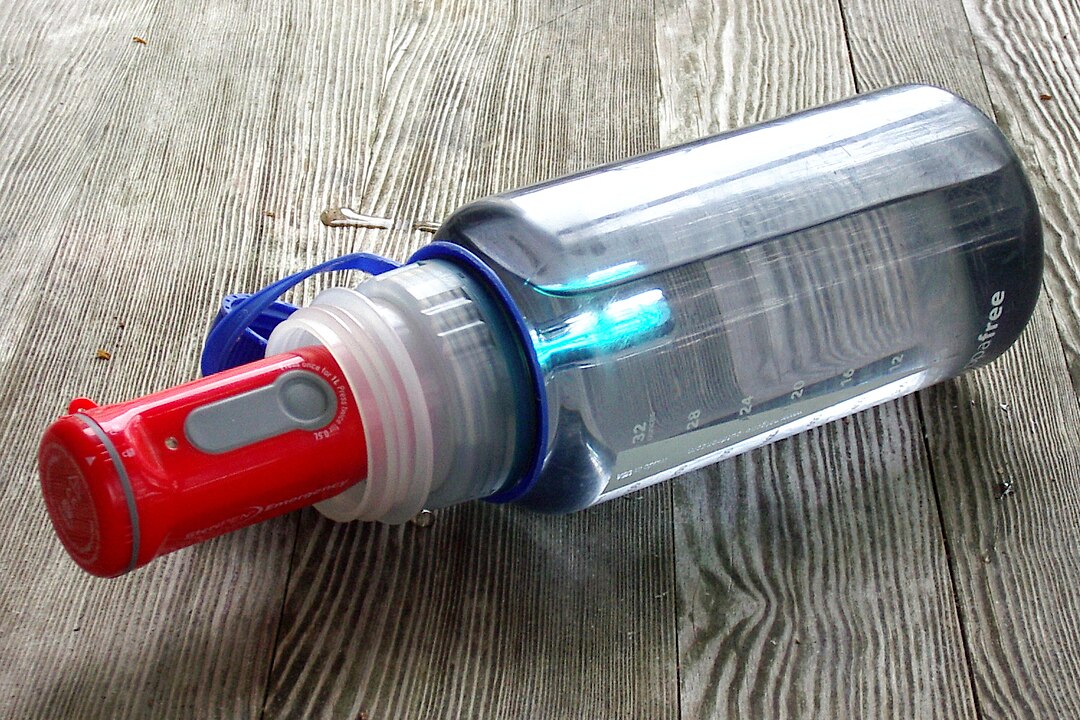
A UV C bottle sanitizes clear water with light that targets 200 to 280 nanometers. Many lids run a 60 second cycle that agitates and floods the bottle, which helps reach the sides. The light disrupts DNA and RNA, a different method than 0.1 micron filters that physically trap particles. Bring it for tap water in places where quality varies, or for day hikes. Start with clear water, since mud blocks light. Recharge by USB, and close the lid before the cycle so light stays inside.
9. Secure VPN for Public Wi Fi
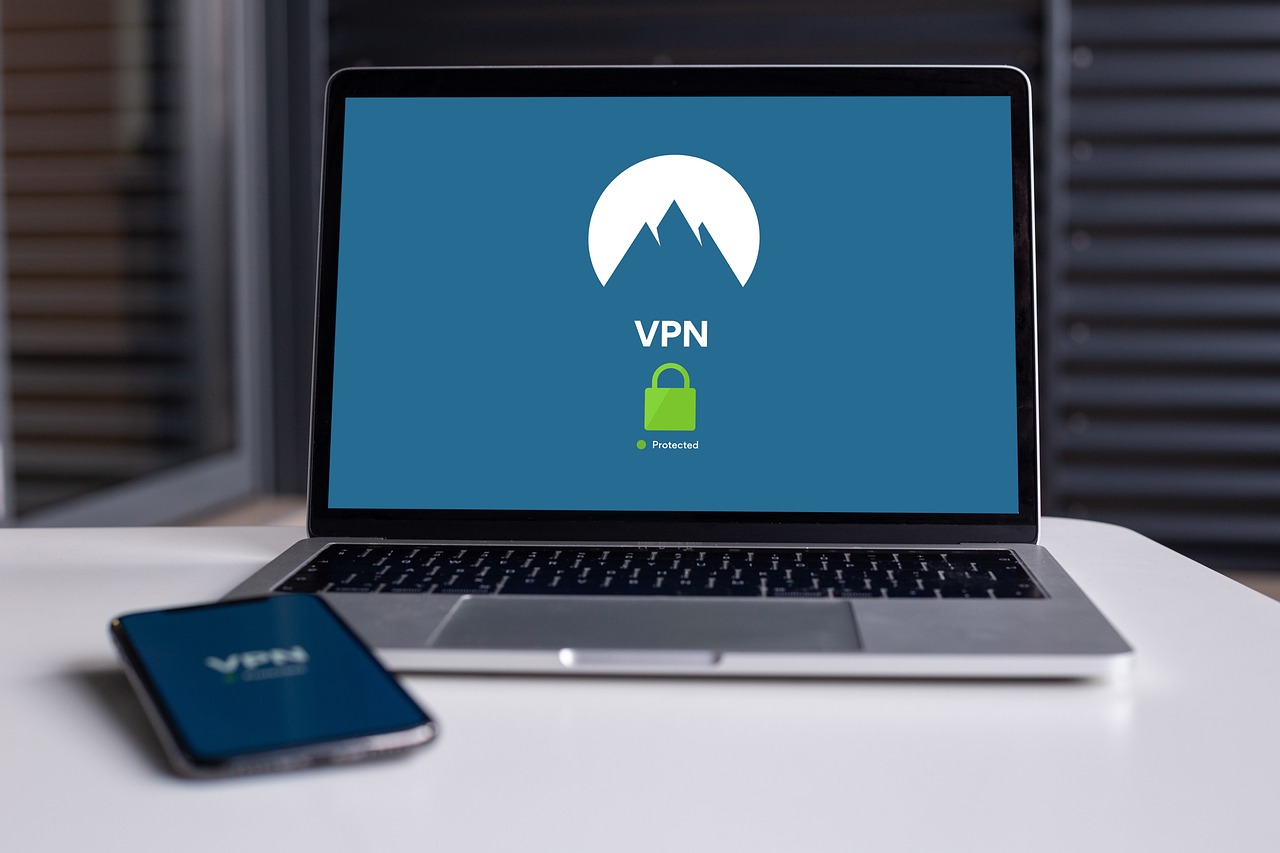
Hotel and airport Wi Fi often use open networks. A trustworthy VPN creates an encrypted tunnel, commonly using AES 256, so logins and messages travel scrambled. Turn it on before you open email or banking sites. Some countries regulate VPNs, so check local rules before arrival, and switch it off when a government portal requires a verified connection. Pair the VPN with two factor codes by text or an authenticator app. Public computers are risky, so avoid typing passwords on shared kiosks.
10. Digital Luggage Scale
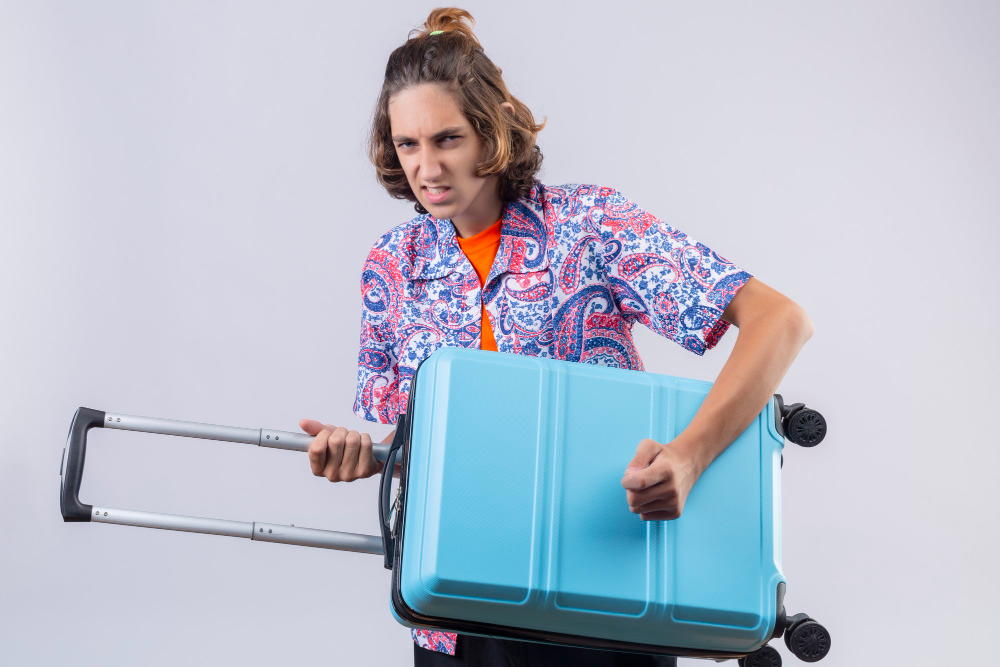
Overweight fees hurt budgets fast. Many U.S. airlines cap checked bags at 50 pounds, and carry ons often must fit 22 by 14 by 9 inches. A digital luggage scale clips to the handle, then shows pounds to one decimal place. Weigh at home, adjust, then re weigh after souvenirs. Batteries are usually CR2032 or AAA, easy to replace on the road. Pack the scale in an outer pocket for the return flight. If the display flickers, replace the cell before airport day.
